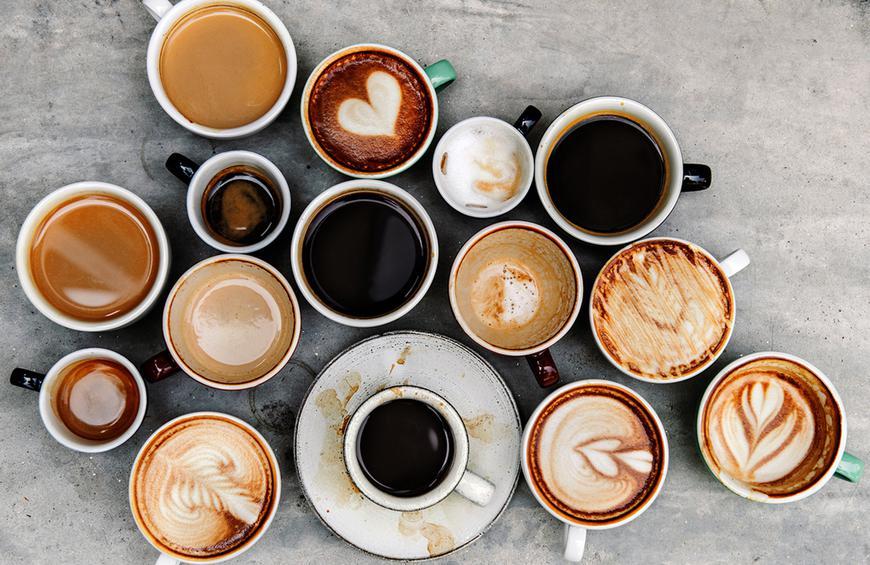Zero Waste Blog
11 Steps To Get Your Zero Waste Coffee
Before the term “zero waste coffee” becomes popular, according to the National Coffee Association (NCA), at least 63 percent of all Americans drink about 2-3 cups of coffee every day. People all over the world consume about 2.25 billion cups of coffee every day. A 2018 study found that college students drink an average of 159 milligrams of caffeine each day, which is equivalent to over one-and-a-half cups of coffee; coffee is the number one method of caffeine consumption, according to the study.
That’s a lot of coffee beans, and those beans have to come from somewhere. Coffee beans have to be grown, cultivated, harvested, processed, transported, and made into coffee. The entire process relies heavily on the environment while also affecting it in different ways, but not everyone knows exactly how.
Understanding the relationship between your coffee and the environment can help you make thoughtful choices about your choice of morning beverage.
Table of Contents
Process Of Growing Coffee Plants
Coffee beans don’t come out of the ground as a dark, roasted bean that’s waiting to be ground up and brewed. They’re planted and, in 3-4 years, are cultivated into trees that produce cherry-like fruits.. Harvesters pick the cherries when they’re ripe, remove the pulp, and dry the beans. After they’re dried, the beans go through a processing station to remove any husks or clinging plant skin. The pale beans are roasted into their characteristic, dark color. From here, the beans can be ground up and brewed into a delicious drink.
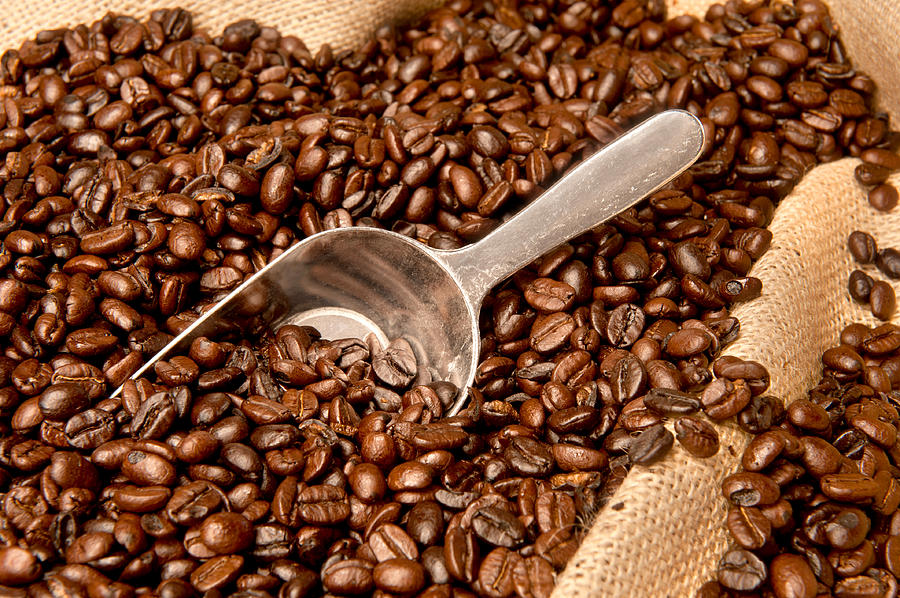
Unfortunately, the process of growing coffee plants can negatively effect the environment. Farmers and businesses trying to keep up with the increasing demand for coffee have adopted destructive practices that can harm both the coffee plants and the surrounding ecosystem.
Traditionally grown in shady groves under the canopy of fruit trees, coffee has been one of the greenest crops there is. But modern demand, coupled with the so-called “Green Revolution” to boost yields by any means necessary, has dictated that coffee production follow the same monocultural path as other key commodity crops. Indeed, nowadays most of the coffee we drink comes from plantations where it is grown in full sun without competition from other crops and with lots of chemical inputs.
Coffee’s biggest problem in terms of environmental impact is its water footprint. Coffee plantations demand a huge amount of water to function. “A 2003 UNESCO study, for instance, found that a standard cup of coffee requires 140 liters of water, most of which is used to grow the coffee plant itself.”
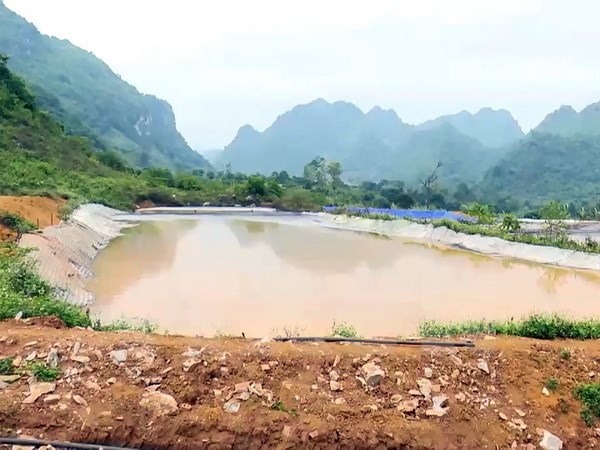
At the same time, billions of coffee cups are thrown away each year around the world, and only a tiny fraction of these are recycled. The plastic coating on these cups pollutes our landfills, and contributes to the global plastic pollution problem that plagues our oceans and waterways.
The beans need to get from the farm to the roaster, from the roaster to the cafe, from the cafe to the consumer, and each of these steps adds a bit of carbon to the mix. The biggest amount of carbon used actually comes at the point of sale, which may not be all that surprising when you consider the vast resources a coffee shop uses. In all, you’re looking at roughly 340 grams of CO2 emitted for every large latte consumed. That’s not near the levels of the amount of CO2 coming out of your car’s tailpipe, but it does add up. Zero waste coffee is the best solution for those who still want to drink coffee without damaging the environment.
Zero Waste Coffee – Perfect Solution For You!
The world is becoming more conscience about the sustainability of the products it uses and people like us, who drink coffee every day are always looking for ways, both large and small, to be able to drink their coffee and at the same reduce the environmental impact it has.
In fact according to earthday.org there are 16 billion disposable coffee cups are used each year. These are coated with plastic to laminate the inside and use plastic lids. So lets go over some ways you can help reduce this number and get yourself a cup of zero waste coffee.
1. Avoiding Single Serve
One of the best ways to immediately make an impact is by ditching your single serve.
2. Reusable Coffee Filter
Most of your manual brewers today like the Aeropress give you the option of either using the paper filters or buying a metal filter. Although this may seem like this would have just a small effect but it should kept in mind that these filters all end up in a landfill some where in the world and the reason that these filters are white is because they are bleached. This eventually ends up in the soil and hurts the environment. Reusable coffee filter will help to reduce the bad effect on evironment and you will also have a chance to make a cup of zero waste coffee.
3. Use Your Own Mug
Whether you make your coffee at home or you go to your local coffee shop. Bring your own cup. Using a reusable cup (and straw) is a fantastic way of helping to save the environment and helps reduce the over 16 billion paper cups that are used for coffee every single year. Choose a zero waste coffee instead of a single use coffee cup!
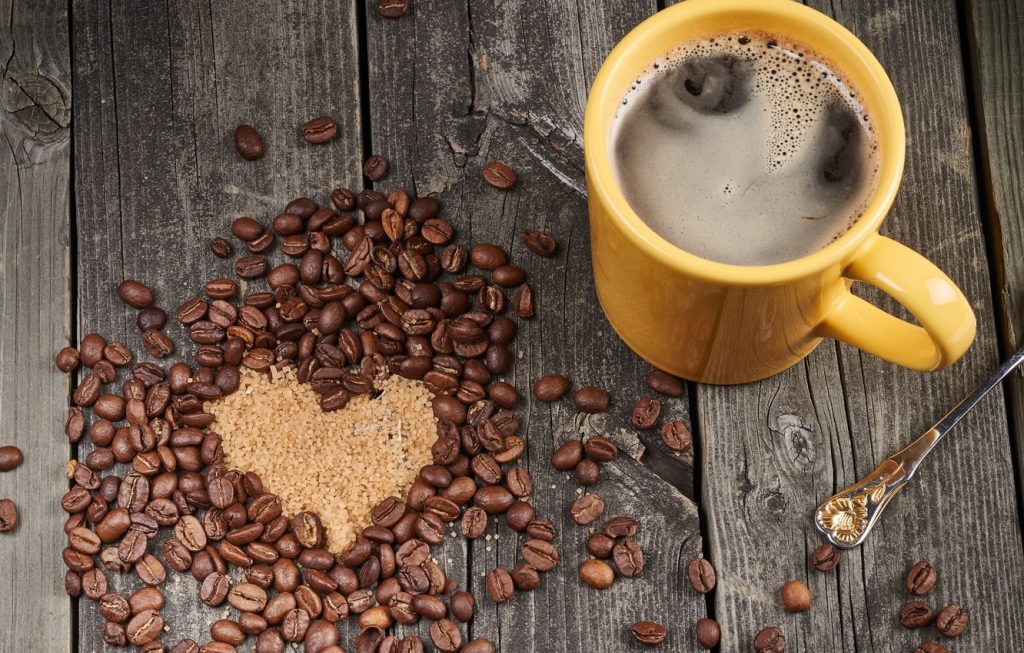
4. Brew Manually
This not only saves a lot of potentially wasted coffee, but is just a great way to brew coffee at home. With manual brewing you carefully measure out just how much coffee you are going to use and then grind (hopefully) and brew.
5. Buy Coffee Locally – But Selectively
Buying coffee from a local coffee roaster is great way to not only help the environment but also helping a local business. That being said you should look for a roaster that is conscience about where they buy there green coffee and how that coffee is processed. Fantastic way to get zero waste coffee!
6. Look for Organic and Fair Trade Coffee
These are labels for coffee that are indications that there were not any pesticides or herbicides used in the growing of coffee cherries is to look for coffee that has been certified Orangic and Fair Trade. Absolutely the right way to have zero waste coffee!
7. Recycle Used Coffee Grounds
Taking those used coffee grounds and using them as part of a compost to help fertilize your garden.
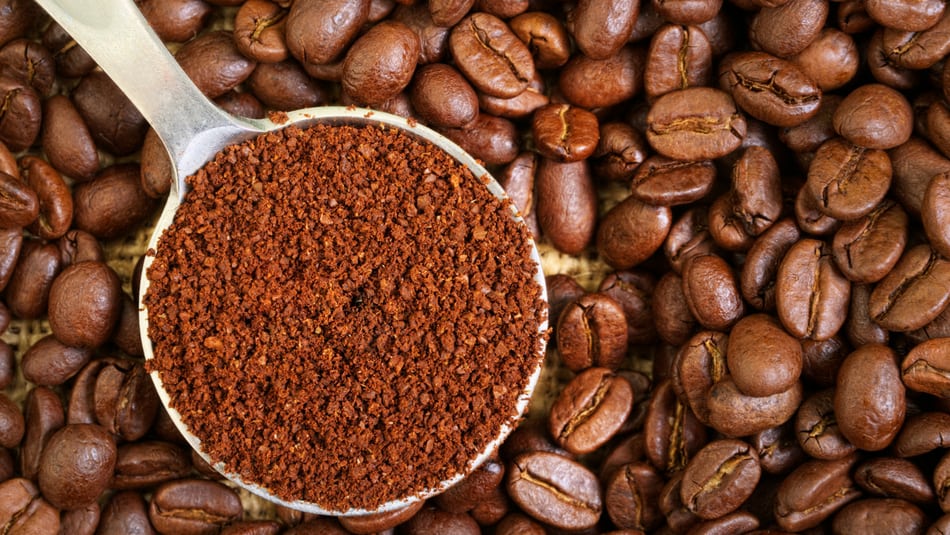
8.Buy Coffee in Bulk
This could be a tricky one as their going to be trade off between peak freshness and doing a small part to protect the environment.
9. Skip the Coffee Sleeve
We have all seen them, the coffee sleeve that you get when you order a coffee to go from a coffee shop. If you forget or don’t have a travel mug that you take with you and you use a cup from your favorite local coffee shop then try to skip the coffee sleeve buy keeping some reusable cup sleeves in your car.
10. Avoid Drip Coffee Machines
A lot of drip coffee goes to waste whether at the office, at home or even at your local coffee shop. Its very difficult if not impossible to make drip coffee every day and then use every single ounce. That’s why you should avoid drip coffee machines if you want to have a cup of zero waste coffee.
11. Clean Thoughtfully
This in one area that is often overlooked and not taken into consideration when thinking about how one can be more eco friendly but when cleaning out the coffee mug and/or coffee brewing device, look to use cleaning agents that are environmentally friendly.
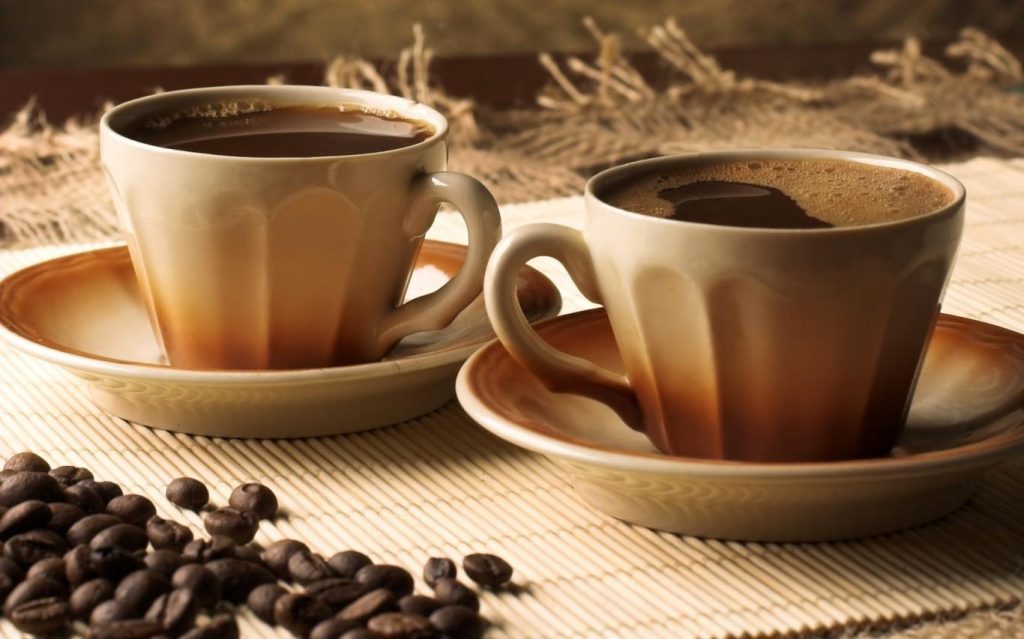
.
Due to the sheer enthusiasm regarding coffee, there truly are an abundance of different methods and options to create the perfect cup. So, next time you go for a coffee capsule, why not explore what else out there – the environment and your taste buds will certainly be better for it. These steps will not only help you to have a cup of zero waste coffee but also protect the environment and aim to a zero waste lifestyle!
Source: Internet

